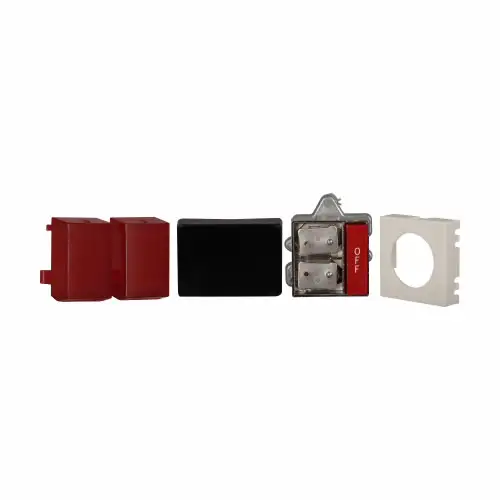Frequently Asked Questions
Why does a potentiometer have three legs?
Potentiometers, also known as pots, come with three legs or terminals to create a variable resistance or voltage. They have two fixed terminals connected internally across a uniform resistor and a third terminal (wiper) connected in between this uniform resistor. When the wiper is rotated or slid, the resistance between any of the fixed terminals & the wiper terminal changes.
What are IP ratings?
IP (International Protection Marking) ratings are commonly referenced standards that classify electrical equipment using standardised tests and determine resistance to solid objects and liquids. The first digit applies to airborne contaminants and the second digit to moisture / water (like IP66).
What is the difference between a potentiometer and a voltmeter?
A potentiometer has three terminals that measure the unknown EMF of a source (like a cell) by comparing it with a known EMF (electromagnetic force). A voltmeter, on the other hand, is a two-terminal measuring device that determines the potential difference (or voltage) between any two terminals in an electric circuit.
 Change Country
Change Country
